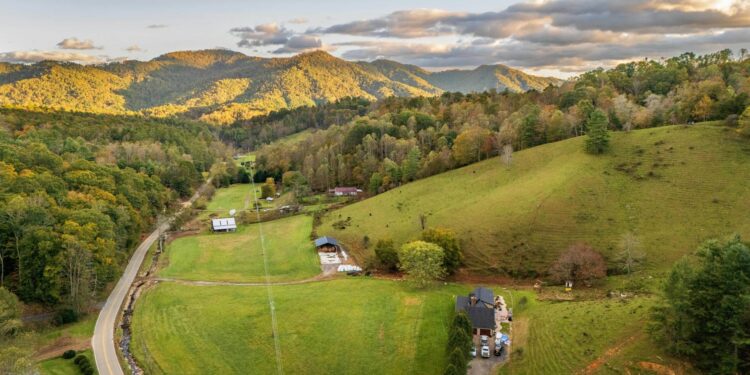For numerous years, the United States of America has drawn individuals from around the globe who wish to improve their circumstances. A prominent pathway to securing residency in the U.S. is through the EB-5 Immigrant Investor Program, which offers foreign investors, along with their spouses and children under the age of 21, the opportunity to become permanent residents. To be eligible, investors are required to invest in a U.S. commercial enterprise and create or maintain ten full-time job positions for American workers through their financial contributions. Given the immense demand for EB-5 visas, applicants from certain countries experience substantial backlogs, often waiting years for their petitions to be approved.
In response to this situation, the U.S. Citizenship and Immigration Services (USCIS) has recently implemented priority processing for investments made in rural and high-unemployment areas (HUAs), a change that is greatly beneficial. This new approach can enable rural project investors to obtain a temporary Green Card in under two years, making it an appealing choice for individuals eager to expedite their residency process.
At present, the most promising route to obtaining an EB-5 visa is through rural investments, which represent 20% of the available visas, compared to only 10% for HUAs, according to financial advisory firm Southeast Regional Center, LLC (SRC). While HUAs face a significant volume of applications, resulting in an unofficial backlog, rural regions encounter less competition, which facilitates quicker visa processing.
The reduction in manufacturing jobs across many rural communities has intensified issues related to poverty and social development, compounding the aforementioned challenges. The U.S. government aims to close the disparity between rural and urban areas through targeted investments, reserving 20% of EB-5 visas specifically for rural projects.
SRC points out that approximately ninety percent of HUA developments have historically concentrated on real estate—mainly residential and hospitality projects—with insufficient focus on industrial and manufacturing opportunities. This leaves a vast, underutilized market with substantial potential for rural America. Since receiving approval from USCIS in 2010 to function as a Regional Center, SRC has combined EB-5 capital for rural manufacturing projects and has broadened its operational territory to ten states strategically located within the automotive manufacturing hubs, notably Automotive Alley and Southeastern Automotive Corridor.
The leadership team at SRC has helped to establish a thriving EB-5 program that invigorates local economies while contributing to national advancement. Crucially, all SRC investors approved for permanent residency will receive a complete return on their principal investments. The team comprises specialists in law, finance, and real estate, complemented by a network of reliable partners.
This year, SRC launched its latest EB-5 fund, with the formal announcement made in March 2024. CEO Moses Choi of Southeast Regional Center commented on this development, stating, “The new fund, Ajin Fund VI, is aimed at creating cutting-edge automotive manufacturing components in Bulloch County, which is a rural area in Georgia.” The organization is currently seeking to raise approximately seventy-nine million USD for this initiative.
“SRC has consistently concentrated on aiding international entrepreneurs in quickly and safely securing their EB-5 visas while strictly adhering to USCIS requirements,” Moses emphasized, adding that “Rural manufacturing initiatives present vast opportunities for investors, especially those aiming for permanent residency via this program, ultimately reshaping U.S. industrial capabilities to enhance logistics security.”


